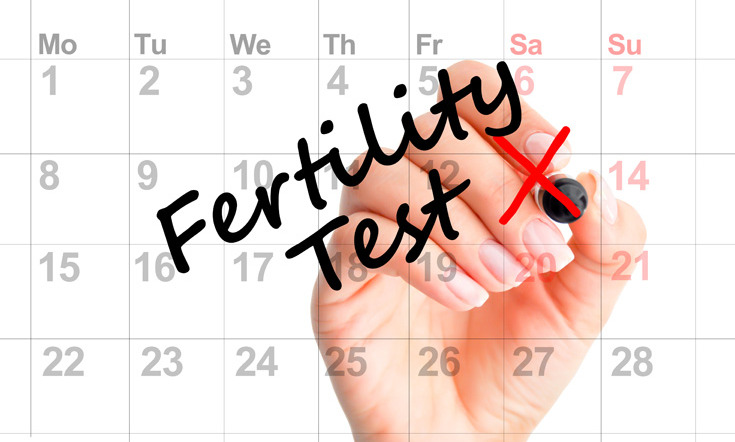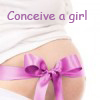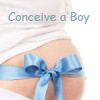

If you are trying to become pregnant, an ovulation calendar can help you to know the best times to try for a baby. It calculates the days that are favourable for conception. There’s a high chance to become pregnant in any particular month of you have sexual intercourse during your most fertile period (just before and after you ovulate). However, if you want to increase your chances of getting pregnant, you need to know the answers to the questions listed below.
What Is Ovulation?
In women, the fertile period starts at the menarche (first menstrual period) and ends with the menopause. About once a month, the uterus grows a new lining (endometrium) to get ready for a fertilised egg (ovulation – most fertile period). Ovulation occurs approximately 10-12 hours after the LH peak.
A positive result on an ovulation calculator or test means that the woman will most likely become fertile over the next three days with peak fertility at 36 hours following the LH surge. When there is no fertilised egg to start a pregnancy, the uterus sheds its lining. This is the monthly menstrual bleeding (also called menstrual period). The menstrual cycle is from Day 1 of bleeding to Day 1 of the next time of bleeding.
How Ovulation Calendar Works?
You are most fertile when you are ovulating, so knowing your time of ovulation will help you determine the best days to conceive. Ovulation calendar calculates the probability of conception based on your ovulation time and other factors like the lifespan of the egg and sperm.
In addition to this calendar, there are other effective ways to help predict ovulation such as:
- Understanding your menstrual cycle
- Checking your cervical mucus
- Taking your basal body temperature
- Keeping an eye on your luteal phase
Is Ovulation Calendar Accurate?
It is more accurate if you know how long your menstrual cycle is by tracking the number of days on a calendar for 3 to 4 months of your menstrual cycle. Your menstrual cycle begins at the first day of your last menstrual period and ends the day before your next period starts. However, if you do not know the number of days in your menstrual cycle, you can assume 28 days. This is the average length of a woman’s menstrual cycle.
Ovulation calendar is only an estimate and does not work for menstrual cycles that are less than 28 days. There are women who ovulate at different frequencies. However, it is important for women to know that most of them usually have an average menstrual cycle of 28 to 32 days. You may get an inaccurate result if you use it and you have not had a period in the last 29 days. It also does not work if your menstrual cycle is regularly irregular.
How Can Ovulation Calendar Predict The Gender Of Your Baby?
Ovulation prediction with great accuracy is very essential because hypothetically, if you are trying to conceive near to your ovulation, the male sperm have an advantage because they are faster and will pass the egg first increasing your chances to conceive a boy. However, if you take a long gap in the time frame a few days earlier, you will increase your chances of conceiving a girl because the weaker Y sperm will not survive before the egg is released, leaving the stronger, longer surviving Y sperm in greater numbers.
Additional Tips
Click the image below for more information about the best ways to conceive a girl or boy.
You can also check our ovulation calculator for a free ovulation period and fertility tracker.
























